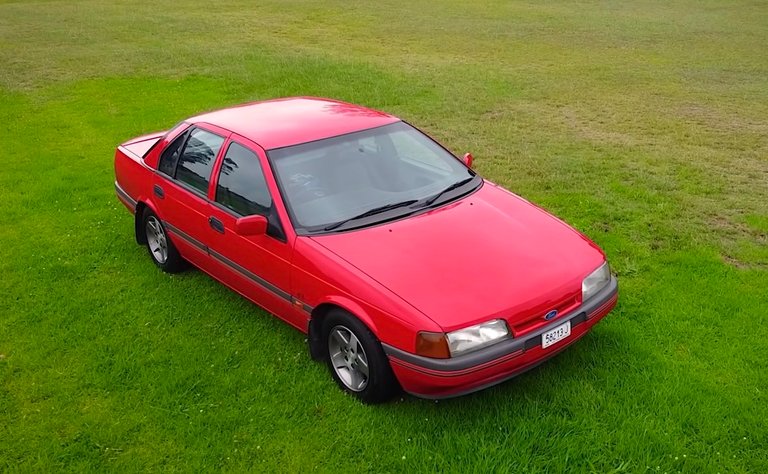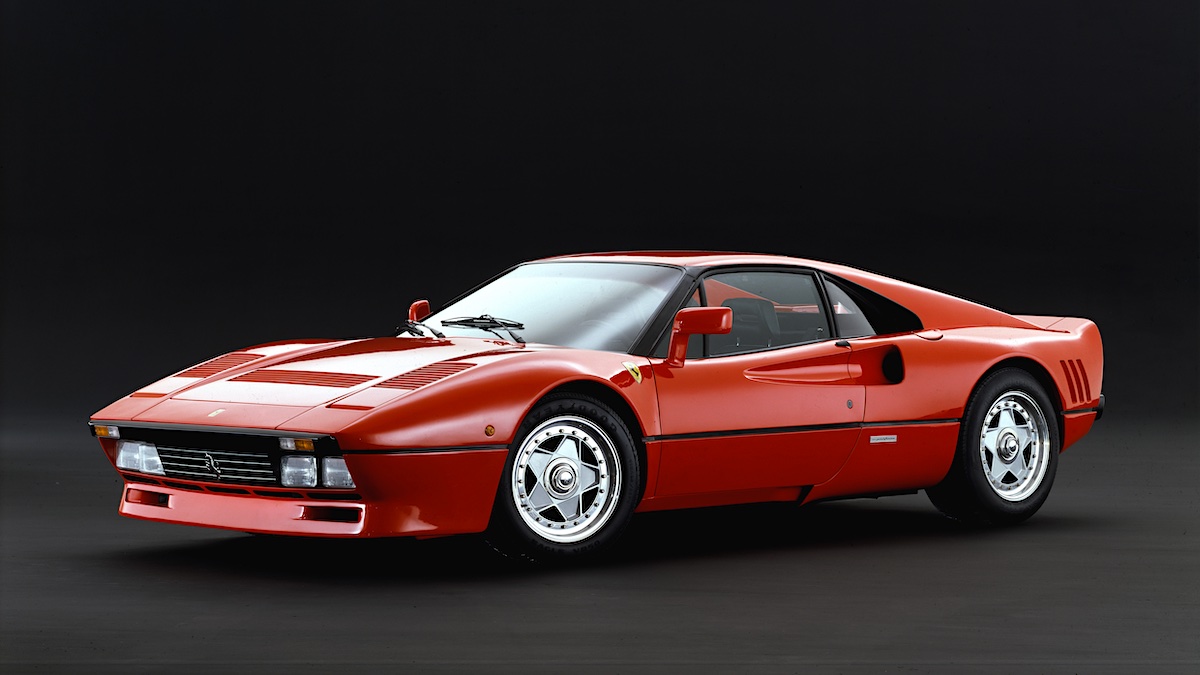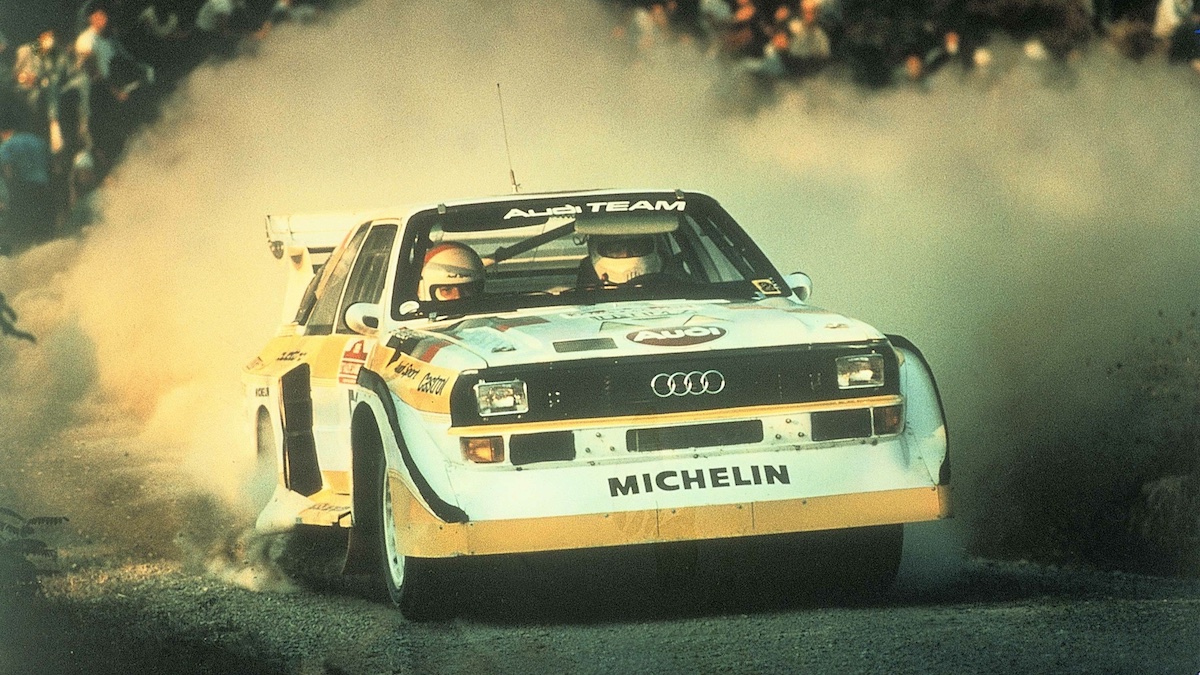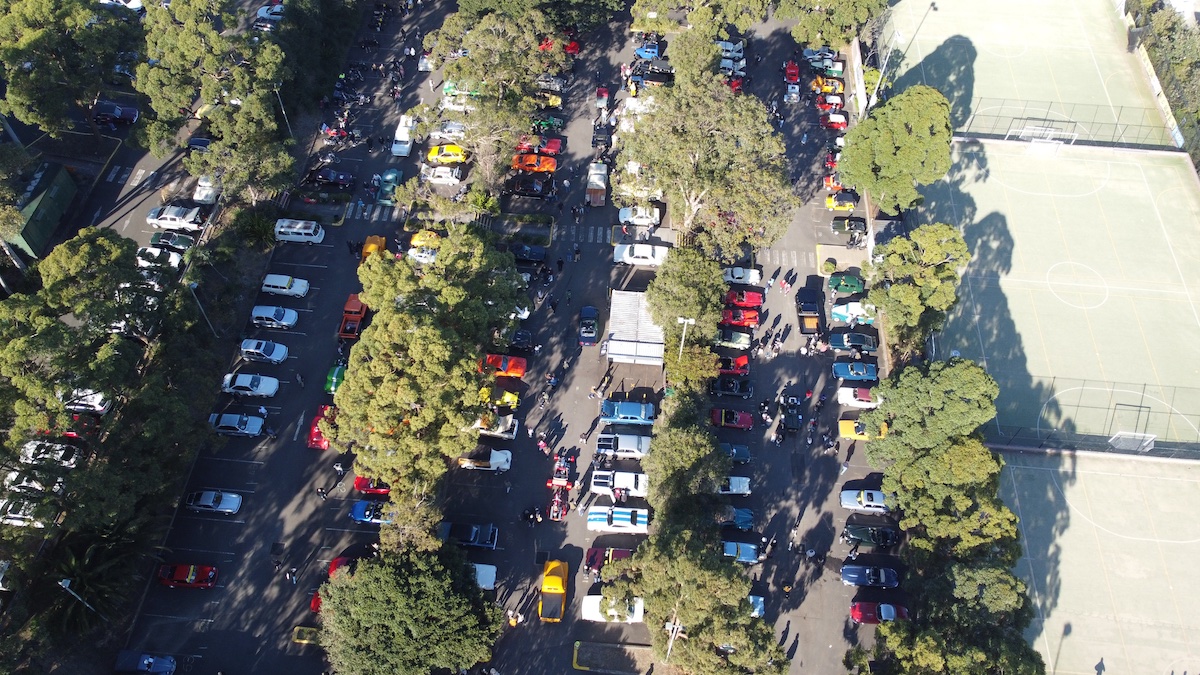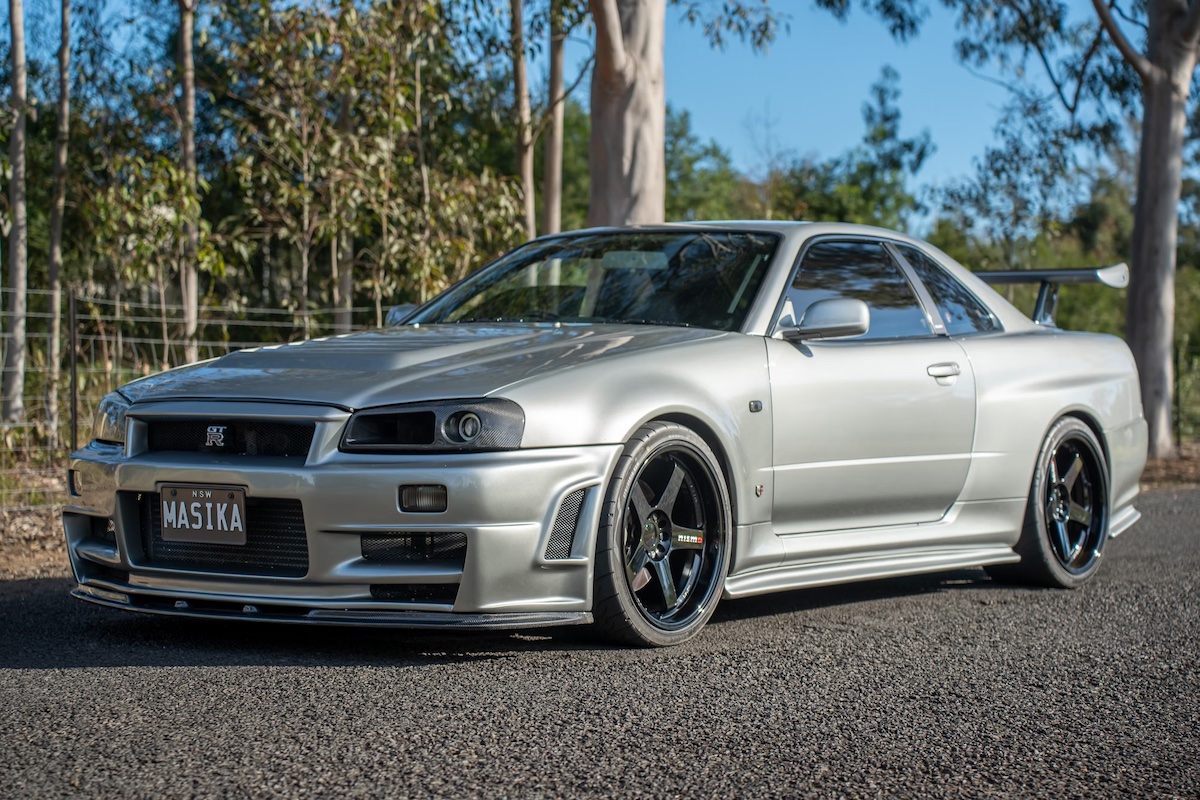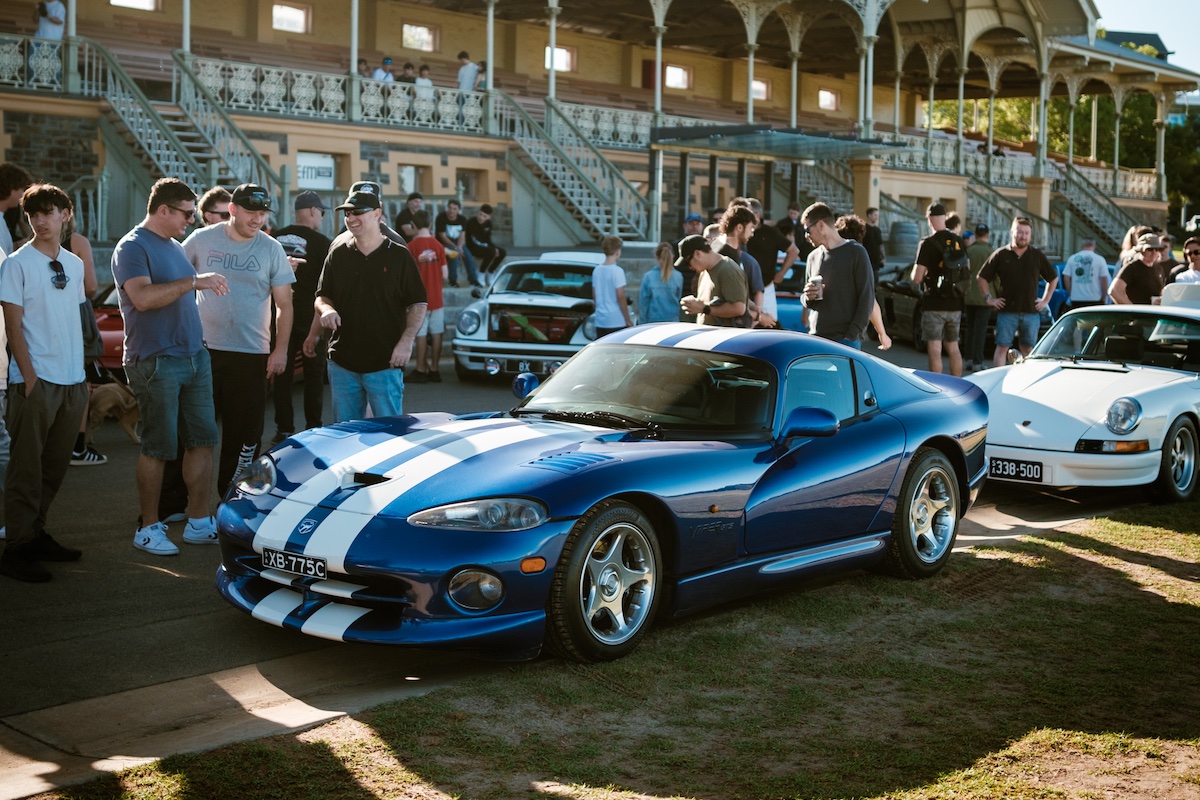The Falcon S-XR8 not only matched the Commodore SS of the time for street cred and performance, but it relit the fuse on what would become an explosive rivalry
How Ford’s new V8-powered Falcon S-XR8 sedan poured fuel on the embers of the still-simmering Ford versus Holden rivalry.
For two years from mid-1989, Holden had the Australian V8 performance car market all to itself. Anyone who wanted an affordable full-size Aussie sedan with the grunt to tow a caravan, effortlessly eat up long distances, or hose wannabees at the traffic lights, had to choose Holden – or the closely related cars from its exciting new Holden Special Vehicles (HSV) division.
Thankfully for Aussie performance car fans, that one-sided field evened-up in 1991 with the reintroduction of a V8 across the Falcon, Fairmont, and Fairlane range. Ford fans once again had the ammo they needed to match the bravado of their Holden-driving neighbours.
Top dog in the new V8 range was the S-XR8 sedan which came with the choice of a five-speed manual or four-speed auto behind the 5.0-litre fuel-injected V8. Like the Exec-based SS, the S-XR8 was derived from the base Falcon GL, so was also relatively light and simple, and proved a worthy competitor to the Commodore SS.
On the road, the Ford V8’s output of 165kW and 388Nm arrived a little earlier in the engine’s rev range than Holden’s V8, and with slightly lower diff gearing – 3.23:1 versus the Holden’s 3.08:1 – the Falcon felt a bit livelier at everyday speeds.
This went some way towards compensating for the fact Ford had no ‘upgrade’ option to counter Holden’s 180kW HSV spec that was standard in VN HSV Clubsport and, by late 1992, optional in Holden’s own VP SS.
The S-XR8’s street cred was further enhanced by sports-type front seats with distinctive separated side bolsters and voided headrests faced in durable herringbone cloth. These Aussie-made seats resembled German-made Recaros, hence that nickname sticking with some Ford fans still today.
The S-XR8 also featured handsome machine-finished 15-inch five-spoke alloy wheels which underpinned its slightly lowered and stiffened suspension package.
Ford’s body-kit wasn’t as bold as the equivalent Holden and HSV offerings for the VN/VP Commodores, but the subtle boot spoiler added a nice finishing touch to the S-XR8.
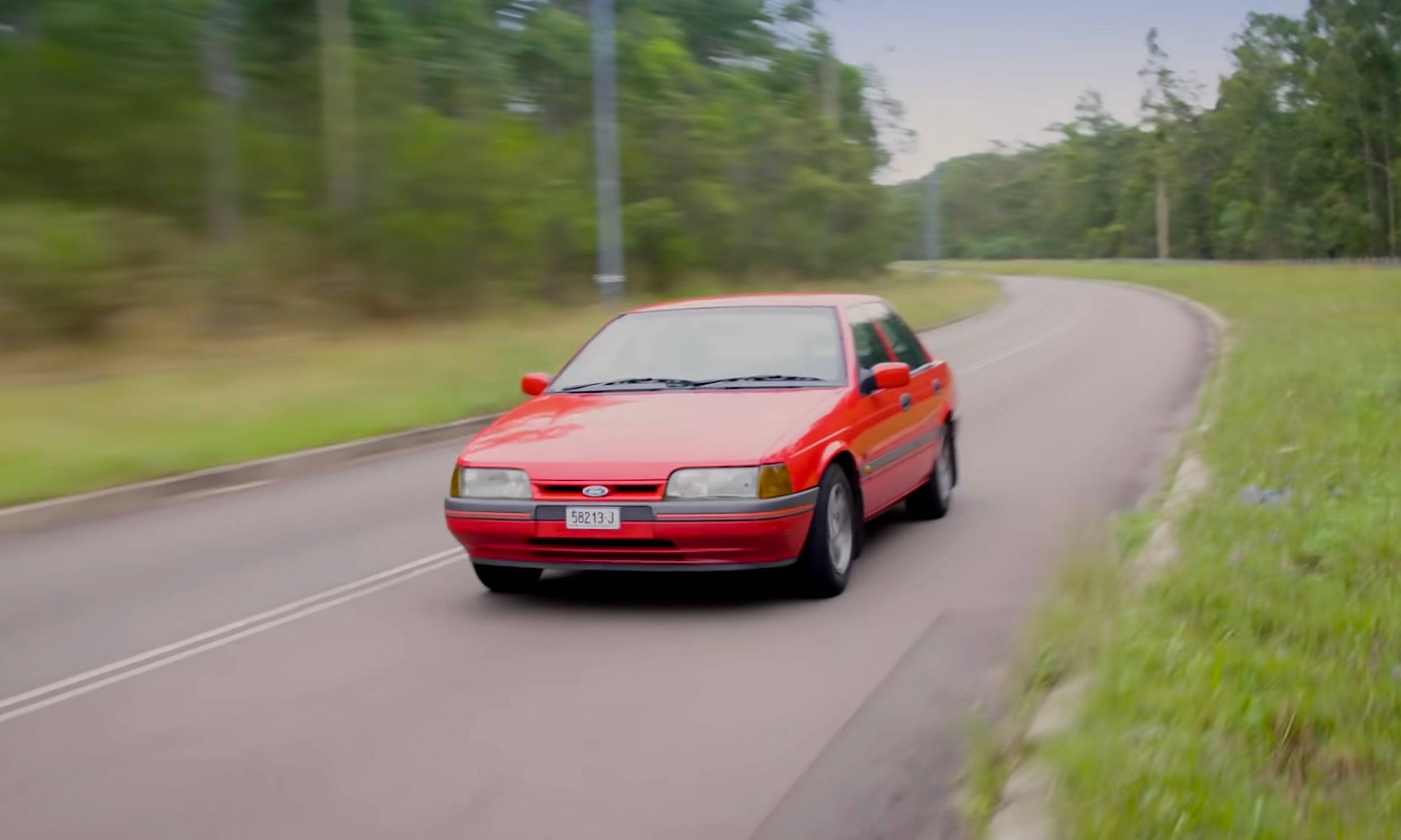
On the road, the Ford V8’s power arrived a little earlier in the engine’s rev range than in the equivalent Holden, while slightly lower diff gearing helped it feel livelier at everyday speeds
Unlike HSV, which rolled all the good gear into the HSV Clubsport, Ford’s strategy was to offer options like wider wheels and tyres, more distinctive body kits and more sophisticated suspension, through its performance-partner, Tickford Vehicle Engineering.
This was the genesis of a battle royale that would play out over the following decades between the rival performance divisions of Holden Special Vehicles and Ford’s Tickford Vehicle Engineering.
Ford’s Falcon S-XR8 not only matched the Commodore SS for street appeal and performance, but it lit the fuse on what would become a truly explosive rivalry.
It also marked the beginning of an incredible era of Aussie performance cars.
In the next instalment: How Ford Australia kept the fast-car hits coming with the introduction of the S-XR6, a feisty six-pot that showed both Holden and Ford V8 models a clean pair of heels.

